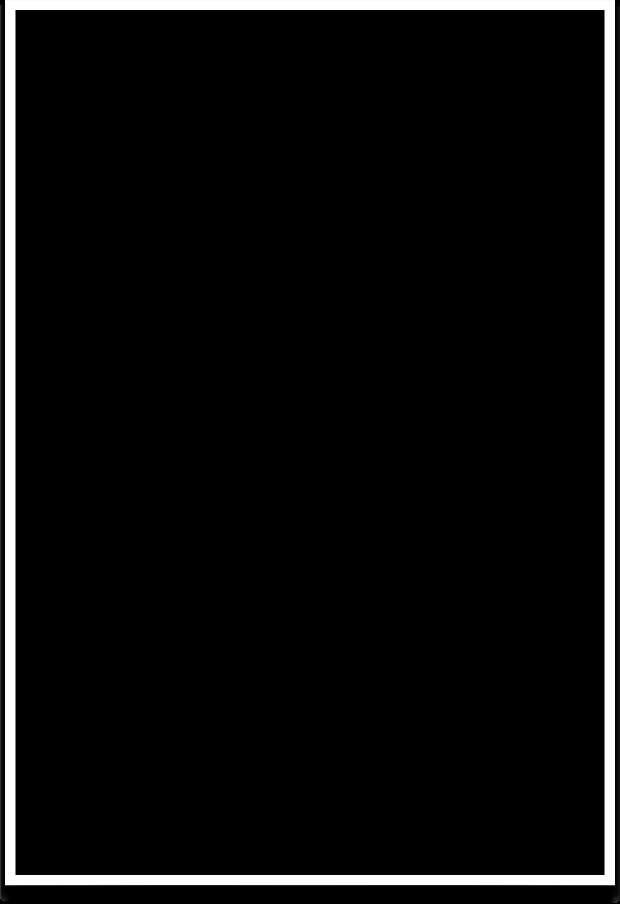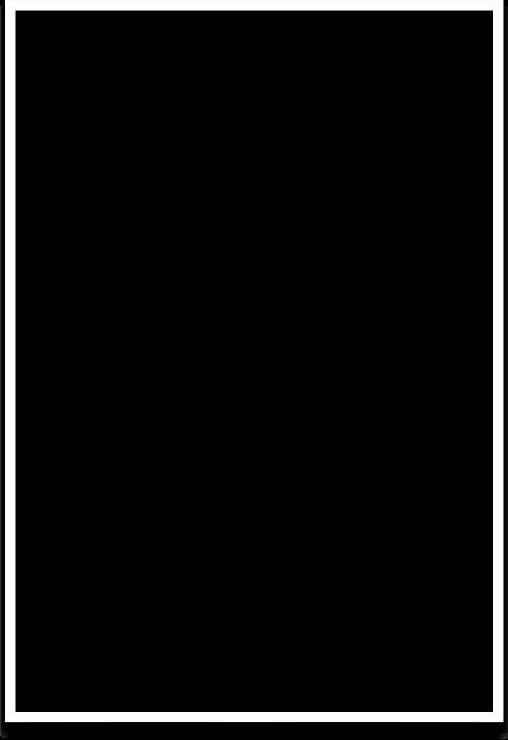

CEO’S CORNER


Hockney’s Art Designs
U.S. Gun Control
Following recent mass shootings in the United States, President Joe Biden has announced plans to take executive action on gun control. The measures include strengthening background checks, regulating "ghost guns" (homemade firearms), and investing in community violence prevention programs. The move has been praised by gun control advocates, but it has also been met with criticism from some gun rights groups.
Russian Troop Buildup
There is growing concern about a Russian troop buildup near the Ukrainian border, with many fearing that it could be a prelude to an invasion. The buildup has been condemned by Western countries, and the United States has warned Russia of "consequences" if it takes any aggressive action. The situation is tense, and there are fears that it could escalate into a full-blown conflict.
Police Violence in the United States

The trial of Derek Chauvin, the former Minneapolis police officer accused of killing George Floyd, continues to make headlines. The trial has focused attention on police violence and systemic racism in the United States, and it has sparked protests and demonstrations around the country. The verdict in the trial is expected in the coming weeks.
Climate Change

As the world continues to grapple with the impacts of climate change, there are renewed calls for action to address the crisis. In the United States, President Biden has announced ambitious plans to reduce carbon emissions and invest in renewable energy. Meanwhile, in Australia, the country is still recovering from devastating bushfires and severe flooding, raising concerns about the impact of climate change on the country.
In conclusion, these are just a few of the top news stories making headlines around the world today. From political developments to social issues, these stories highlight the challenges facing the world today and the urgent need for action to address them. As we continue to navigate these uncertain times, it is essential to stay informed and engaged the
Throughout the 1960s and 1970s, the British painter David Hockney captured the interest of the art world with his glamorous and playful representations of Californian life. They included arresting pictures of socialites in their sleek, modernist residences and naked sunbathers lounging by sparkling pools.
Then Hockney learned about technology. He started showing Polaroid-shot artwork in 1982. In those works, dozens of images of loved ones, landscapes, or acquaintances were combined in haphazard collages. Eventually, Hockney was using photocopiers and fax machines to create his paintings. He has displayed works created with iPad and smartphone apps during the past ten years.
Hockney, 85, has now utilized digital technology on a much larger scale to create "Bigger & Closer (Not Smaller & Further Away)," an immersive extravaganza that debuts on April 16.
Nulla nunc lectus porttitor vitae pulvinar magna. Sed et lacus quis enim mattis nonummy sodales.


Wednesday at the brand-new London arts center Lightroom and continues until June 4. A large number of Hockney's paintings are projected onto Lightroom's walls throughout the exhibition, surrounding and engulfing the audience. Some of his most well-known pieces are among them, such as "A Larger Splash," a 1967 swimming pool painting, and "A Bigger Grand Canyon," a psychedelic-hued rendering of one of America's most magnificent vistas. The bright paintings occasionally spill onto the floor of the space and flow off the walls. In other instances, Hockney's moving brushstrokes appear on the walls one stroke at a time until a painting is magnificently completed. Hockney's voice can be heard throughout the program in snippets from previous radio and TV interviews. "You can never get tired of Can you, nature?" As scores of his landscape paintings start to appear on the walls, Hockney remarks in his thick Yorkshire accent. If you actually look, Hockney continues, "nature has an unlimited supply of topics." Hockney claimed that the growth of "Bigger & Closer" throughout his career was inevitable during a recent interview at Lightroom. Indeed, he said, "my job was leading up to this.”


Hockney, who smoked throughout the talk, claimed that since he employed so many different mediums, art reviewers once bemoaned the fact that his work "was all over the place." He said, "I knew it wasn't. "I've been reliable ever since." Although Hockney is currently a favorite among critics, his most recent working method is less regarded. Immersive art extravaganzas have
proliferated in recent years all around the world, including major cities including New York, Bordeaux, France, and Abu Dhabi, United Arab Emirates. The majority of those productions adhere to a rigid formula: gigantic projections of digital works by long-dead artists like Picasso, Matisse, or Van Gogh are animated to an orchestral soundtrack. The Times critic Jason Farago highlighted that at two recent immersive Van Gogh spectacles in New York, "sensuous selfie backdrops arrive well before intellectual engagement."
Nulla nunc lectus porttitor vitae pulvinar magna. Sed et lacus quis enim mattis nonummy sodales.

Hockney claimed that although he hadn't seen any of those spectacles based on the work of other artists, he was aware that his was unique. Hockney declared, "They're dead. As I'm a working artist, I entered and took action. It took more than three years to create "Bigger & Closer." In

In 2019, the British design firm 59 Productions, which specializes in opera and theater, observed the rise of immersive experiences and started exploring for ways to create projects with actual performers. In an interview, "Bigger & Closer" director Mark Grimmer of 59 Productions stated that he aimed to create performances that were "more about storytelling than simple spectacle."
Hockney, a technical pioneer with charismatic appeal, was an easy candidate for the initial project, according to Grimmer.
That year, according to Grimmer, he sent Hockney an email with a pitch. Nearly immediately, the artist responded. Hockney wrote, "I would certainly want to chat to you. I have made some things recently that I'm sure you would find extremely interesting." Grimmer invited people in February 2020 Hockney to experience the projection system firsthand. Grimmer's crew projected a number of Hockney paintings onto the walls of an old printing press building, including "Mulholland Drive: The Journey to the Studio," a 1980 panorama of the Santa Monica Mountains. There were some projections that were 100 feet long and 20 feet high.
The projection system's technician then provided Hockney with an electronic stylus so he could draw with light on the walls. Drawing plants and buildings and streaks of color into the drab concrete expanse, Hockney doodled away. It was


"very exhilarating," according to Hockney. He continued, "From that point, I knew I wanted to work on the project."
Hockney and the 59 Productions team began emailing soon after. Exchange of show-related ideas. For Hockney, Grimmer's team created a scale model of the Lightroom location with multiple projectors so that he could view early iterations of the experience at home. Hockney recorded a reaction on his iPhone following each viewing, along with suggestions for improvements. Grimmer claimed that up until a few weeks before the premiere, Hockney was still making changes.
The final performance, which repeats itself, is divided into six main portions, all of which feature music by American composer Nico Muhly. One of them, which is the longest, concentrates on Hockney's stage designs for operas that were frequently performed at locations like the Metropolitan Opera of New York and the Glyndebourne Festival in southern England from the 1970s to the present. Hockney, an opera enthusiast who claims he regularly attends performances despite having hearing issues, said he particularly enjoyed creating that lengthy stretch. Then, workers at his Los Angeles collection found the original sketches for perhaps ten opera shows. Then, with the assistance of seven animators from 59 Productions, Hockney brought those to life. Moths and bats from Hockney's 1981 Met production of Ravel's "L'Enfant et les Sortilèges" appear to fly around Lightroom at one point in the performance. In a later scene from his 1987 production of "Tristan und Isolde" for the Los Angeles Opera, spectators find themselves standing in the middle of an animated ship. Hockney said that 59 Productions' projection techniques have enormous dramatic potential.


believed that "only one or two of them would discover in this technology the possibility for new dramas." hoped that young artists would visit "Bigger & Closer."
A "big risk" for Hockney, according to Lightroom's CEO Richard Slaney, considering the negative reception other interactive spectacles have had.


Several critics were harsh when the first reviews of the performance surfaced in British news outlets on Wednesday. "Hockney, in his naivety, has surrendered his name here to a foolish contemporary trend that doesn't — and cannot — convey the beauty of his art," Jonathan Jones said in The Guardian.
But, during the discussion, Hockney didn't seem to care what the gatekeepers of the art world or anyone else thought of "Bigger & Closer."
"I don't give a damn what people think about


